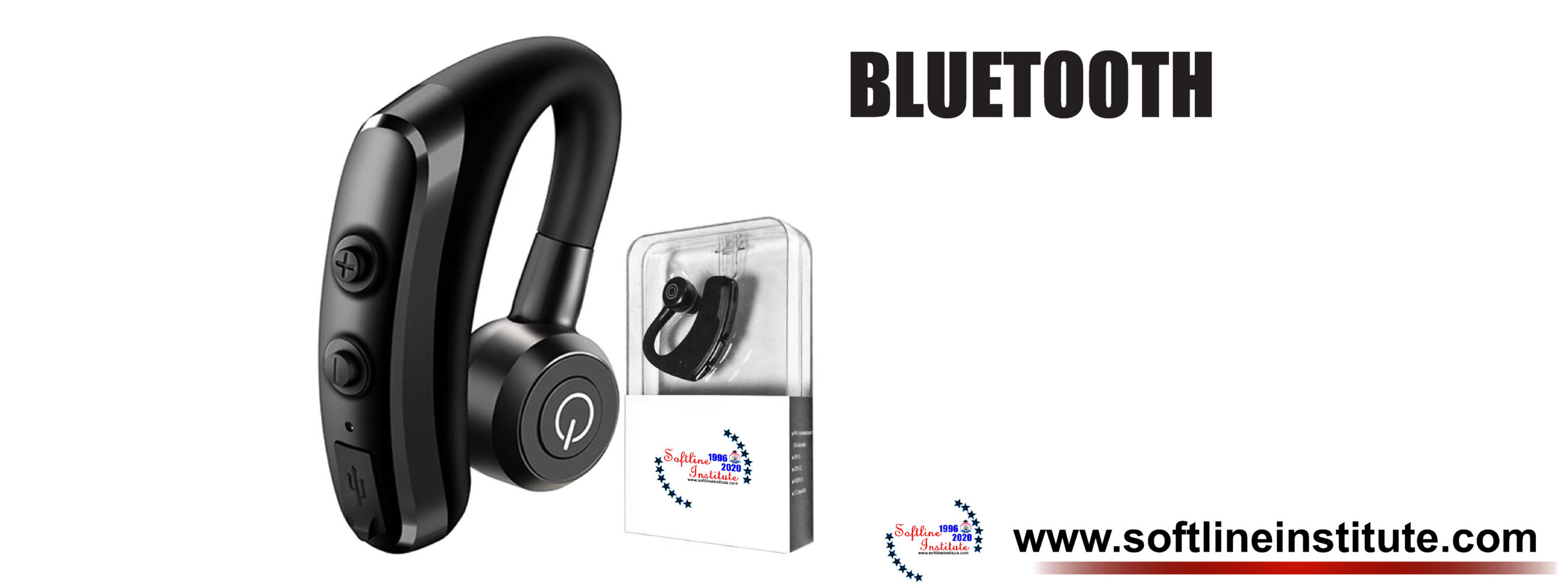When you realize that you forgot to pack the USB Cable necessary for downloading the Images from your digital camera. Try to use infrared to synchronize your palm, or want to share files without a network insight. Bluetooth starts to make a lot of sense.
Itis a short-range, ad hoc networking standard that uses the same 2.4 GHz band as 802.11 b. Designed to run at a new raw rate of 1 Mbps over a net throughout of about 700 Kbps. It omits all the Ethernet-like overhead of 802.11 b. To enable quick connections between Computers and other devices, often for short periods or single-item transactions.
Bluetooth Technology
It uses frequency hoping instead of direct sequence, and Bluetooth devices change the frequencies 1600 times per seconds. This combination makes it highly resistant to interference and obstructions. And allows many Bluetooth transceivers to work in the small space without stepping on each other.
Bluetooth’s range is only about 30 feet. Which seems short. Except that it was always planned to work at low power. To preserve the battery life of handheld devices and cellphones. As well as other kind of objects that might end up with embedded Bluetooth chips. Discovery is the key to Bluetooth’s Ease of use. Instead of having to know anything about a piece of Bluetooth equipment you want to exchange information with. Such as network address or adapter number, you can simply make the device discoverable. And the equipment you’re connecting from can see it, exchange a short passphrase for authentication, and then pass data back and forth.
Bluetooth and 802.11 b have a few co-existence problem: makers of both kind of equipment warn against putting transceivers within three feet of each other in order to avoid interference that would reduce the bandwidth of both transceivers. Future versions of both 802.11 b and Bluetooth- through the effort of yet another IEEE committee known as 802.15.2- should work side-by-side with fewer conflicts. The 802.15.2 specification requires devices to minimize their use of busy frequencies.
Bluetooth Uses
Originally designed as a “cable replacement” by an industry consortium called the Bluetooth Special Interest Group (www.bluetooth.com). Bluetooth’s real utility seems to lie in its role as a universal translator. Its standards allow manufacturers of radically different hardware devices to enable simple connections that require minimal configuration and no special drivers.
One of the promise of the Bluetooth is that it can turn a cell phone into a pure accessory that you never touch directly. You could make Laptop data connections with your cell phone in your Computer Bag. Dial the Cell phone in your pocket from your laptop. Or talk on a Bluetooth headset that transmit the voice signal to and from your cell phone.
Connecting with Bluetooth
To exchange data between its devices, you must pair them. Pairing two or more devices requires exchanging a short passphrase. Take for example: a Window XP laptop with a Bluetooth card. And an Apple Power Mac with a D-Link USB Adapter.
